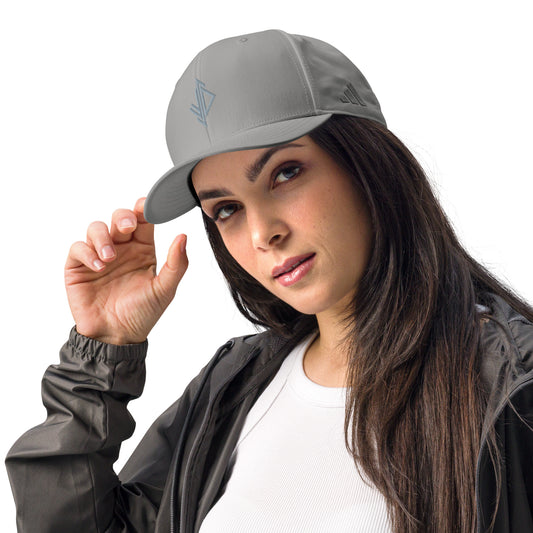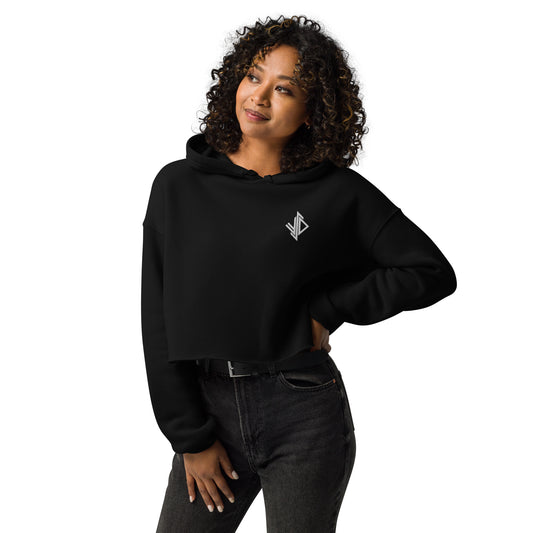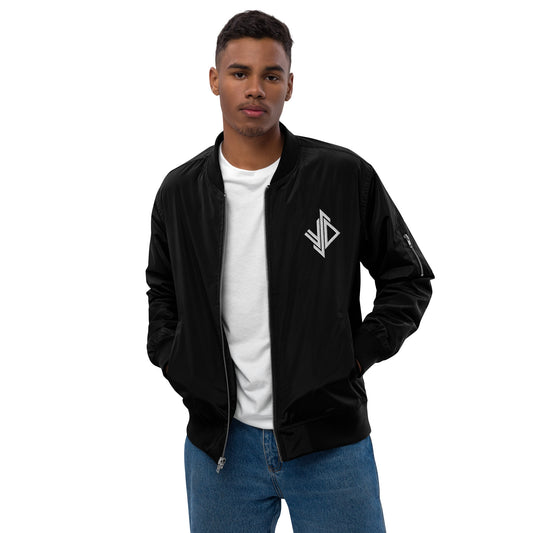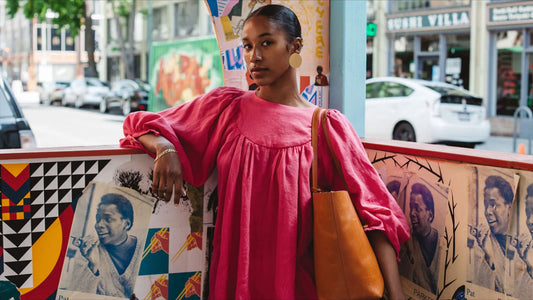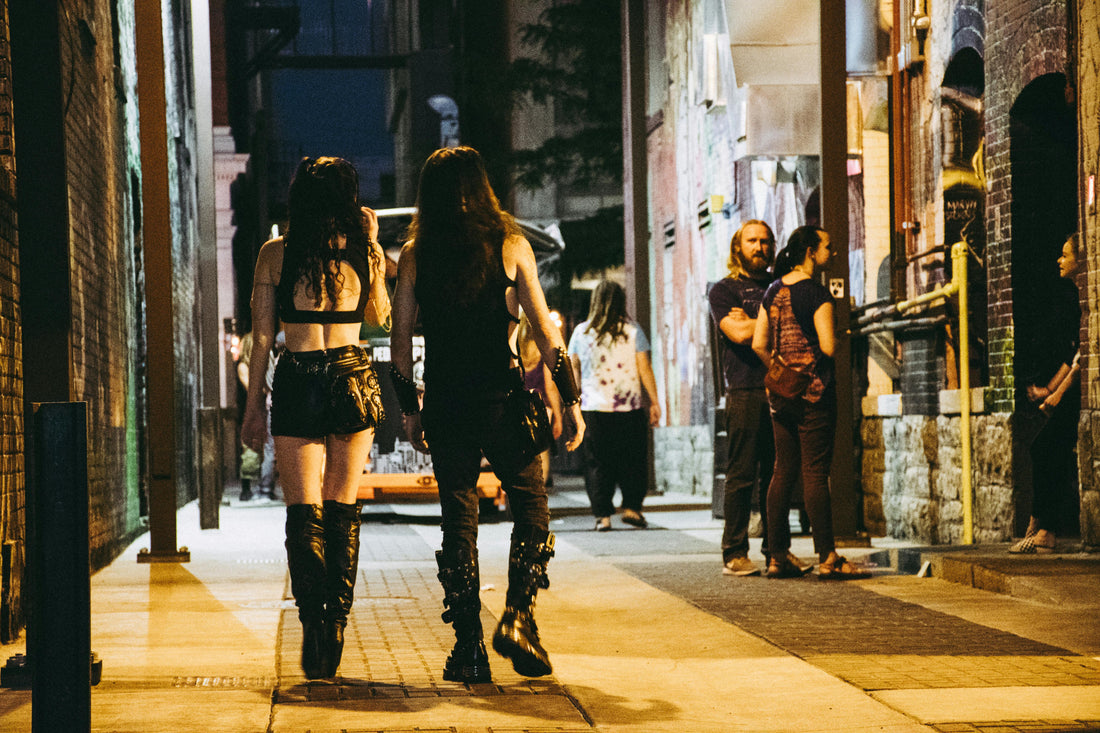
Guide to Goth Fashion Clothing: History & Styles
Introduction

Goth fashion clothing is more than just a style—it’s a statement. Rooted in dark aesthetics, dramatic flair, and subcultural depth, goth fashion is both a form of personal expression and a cultural identity. Over the decades, it has evolved into a diverse array of substyles, influencing and being influenced by music, media, and high fashion. Today, goth fashion clothing continues to flourish in mainstream and alternative spaces alike, finding new life on platforms like TikTok and Instagram.
Whether you're new to the scene or looking to deepen your understanding of gothic style clothing, this comprehensive guide will walk you through its rich history, popular subgenres, essential wardrobe pieces, and styling tips. Let’s dive into the hauntingly beautiful world of goth fashion clothing.
The Origins of Goth Fashion

The roots of goth fashion clothing trace back to the late 1970s and early 1980s, emerging from the post-punk music scene in the UK. Bands like Bauhaus, Siouxsie and the Banshees, and The Cure played a pivotal role in shaping the aesthetic. Their moody, melancholic sounds were matched by equally dark and dramatic clothing choices—black garments, lace, fishnets, heavy eyeliner, and teased hair.
Gothic clothing during this era was also heavily inspired by historical fashion. Victorian mourning attire, Edwardian elegance, and medieval romanticism seeped into the emerging goth aesthetic. The result was a fashion style that was as much about rebellion as it was about embracing the beauty of darkness.
As the goth subculture solidified, so did its fashion language, creating a visual identity that stood apart from punk, glam, and new wave styles. Goth fashion clothing became synonymous with individuality, introspection, and artistic flair.
Evolution Over the Decades

Goth fashion clothing has not remained static. Through the 80s and 90s, the style diversified and incorporated influences from various sources:
- 1980s: The foundation was laid with traditional goth styles—black trench coats, band tees, leather, and platform boots.
- 1990s: Cyber goth and industrial goth emerged, bringing futuristic elements, neon accents, and raver-inspired accessories.
- 2000s onward: Emo and scene subcultures borrowed and blended goth aesthetics. The rise of social media further democratized fashion, allowing goth fashion clothing to spread globally and evolve in real time.
The enduring appeal of gothic fashion lies in its adaptability. While rooted in tradition, it constantly reinvents itself through new cultural lenses.
Popular Substyles of Goth Fashion

One of the most fascinating aspects of goth fashion clothing is its rich diversity. Below are the most popular substyles:
Traditional Goth
Also known as "deathrock goth," this style is closest to the original 80s aesthetic. Key pieces include black leather jackets, fishnets, dark makeup, and DIY band patches. Music remains a strong influence.
Romantic/Victorian Goth
Heavily influenced by 19th-century fashion, this substyle embraces corsets, long flowing skirts, lace, velvet, and parasols. It embodies elegance and drama, often paired with literature and classical music themes.
Cyber Goth
Bright colors meet dark fashion. Cyber goths wear UV-reactive clothing, synthetic dreadlocks, goggles, and platform boots. The look blends industrial and rave culture.
Pastel Goth
A modern twist that combines traditional goth aesthetics with pastel colors and cute accessories. Think black chokers paired with lavender hair and kawaii-style makeup.
Industrial Goth
Gritty and aggressive, industrial goth fashion features tactical gear, metallic accessories, gas masks, and military-inspired clothing.
Goth-Punk
A hybrid of punk and goth styles—ripped clothing, tartan patterns, spikes, and studs. It's rebellious and raw, often reflecting anti-establishment attitudes.
Nu-Goth / Modern Goth
A minimalist take on goth fashion clothing, often featuring monochrome palettes, geometric designs, and clean silhouettes. Brands like Killstar and Disturbia cater to this aesthetic.
Key Pieces in a Goth Wardrobe

Every goth wardrobe has staple items that transcend substyles. These essentials form the backbone of goth fashion clothing:
- Black lace tops and dresses: Romantic and versatile.
- Corsets and bustiers: A nod to Victorian fashion.
- Fishnet stockings and gloves: Adds texture and edge.
- Combat boots and platforms: Sturdy and stylish.
- Leather and PVC pieces: For a rebellious touch.
- Layering basics: Oversized tees, mesh tops, and long skirts.
- Accessories: Chokers, silver rings, occult jewelry, and piercings.
The beauty of gothic style clothing lies in layering and accessorizing. A basic outfit can be transformed into a gothic masterpiece with the right additions.
Modern Takes on Goth Fashion

In the digital age, goth fashion clothing has found a new audience. Social media platforms like TikTok, Instagram, and Pinterest have fueled the rise of modern goth influencers who blend old-school styles with contemporary trends.
Some key modern trends include:
- Pairing goth pieces with streetwear (oversized hoodies, joggers, sneakers)
- Incorporating high fashion elements (structured blazers, luxury fabrics)
- Playing with gender-fluid silhouettes
- Embracing makeup artistry and bold hair colors
Many brands now cater to this modern goth aesthetic, offering ready-to-wear gothic style clothing that balances tradition with innovation.
Where to Shop for Goth Clothing

Looking to build your gothic wardrobe? Here are some of the best places to find goth fashion clothing:
Online Stores
- Killstar – Edgy, witchy, and modern.
- Disturbia – Minimalist with attitude.
- Punk Rave – Gothic and steampunk fusion.
- Dolls Kill – Wide range of alt styles.
- Tripp NYC – Iconic punk-goth pieces.
Thrift and Vintage Shops
Thrifting is a treasure hunt for unique pieces. Look for vintage lace, leather jackets, and Victorian-inspired garments. Bonus: it's sustainable.
DIY and Customization
The DIY ethos is central to gothic fashion. Customize jackets with patches, distress clothing, or even sew your own pieces. Sites like Etsy also offer handmade and custom goth clothing.
Tips for Styling Goth Clothing

Styling goth fashion clothing can feel intimidating at first, but the key is to start with basics and build up. Here are some tips:
- Start simple: Black jeans + band tee + boots = instant goth look.
- Play with textures: Mix velvet, lace, leather, and mesh.
- Layer strategically: Oversized outerwear over tight-fitting layers adds drama.
- Don’t forget makeup and hair: Dark lipstick, winged eyeliner, or vibrant hair can elevate any outfit.
- Experiment with substyles: Try different goth aesthetics to find your personal vibe.
Most importantly, wear what makes you feel confident. Goth fashion is about self-expression.
Final Thoughts
Goth fashion clothing is far more than a fleeting trend—it's a rich, expressive subculture that celebrates individuality, artistry, and the beauty in darkness. Whether you're drawn to the romanticism of Victorian goth, the futuristic vibes of cyber goth, or the minimalist modern goth aesthetic, there's room for everyone under the gothic umbrella.
So go ahead: embrace the lace, strap on the boots, and walk boldly into your gothic era.



